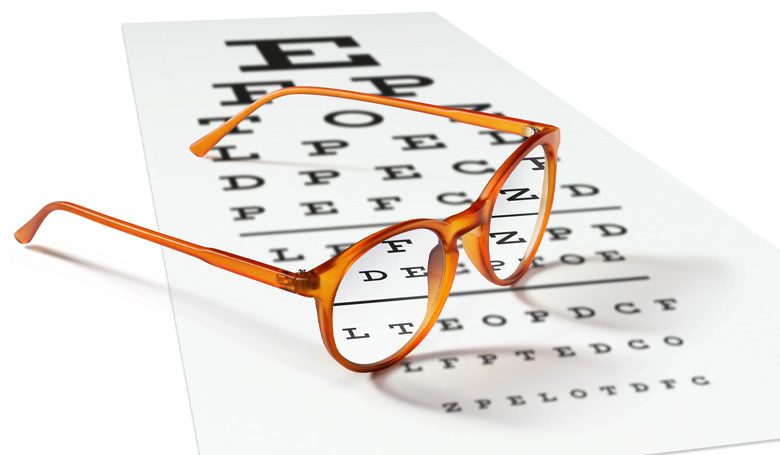Understanding Visual Acuity: More Than Just 20/20 Vision

Visual acuity is a term that most of us have encountered at some point in our lives, especially during visits to the optometrist. Many mistakenly believe it merely refers to having 20/20 vision, but there’s more to it. This article aims to shed light on the true meaning of visual acuity and its significance in assessing our eye health.
What is Visual Acuity?
Visual acuity is essentially a measure of the sharpness of one’s vision. It gauges the ability of the visual system to discern the details and shapes of objects. When someone says they have 20/20 vision, they are essentially stating that they can see at 20 feet what a person with normal visual acuity should see at the same distance. But what happens if someone has 20/40 vision or 20/100 vision? These numbers indicate that the individual needs to be at 20 feet to see what a person with normal vision can see at 40 or 100 feet respectively.
How is Visual Acuity Measured?
A commonly used method to measure visual acuity is the Snellen chart, which consists of a series of letters that progressively decrease in size. During an eye examination, individuals are usually asked to read the letters from a specific distance (often 20 feet). The smallest row that one can read accurately determines one’s visual acuity.
For instance, if the smallest letters you can read from 20 feet are those that the average person can read from 40 feet, your visual acuity is 20/40. This means your vision is not as sharp as the standard.
Factors Affecting Visual Acuity
A variety of factors can influence visual acuity, including:
1. Refractive Errors: These are the most common vision problems and involve the shape of one’s eye preventing light from focusing directly on the retina. Examples include myopia (nearsightedness), hyperopia (farsightedness), and astigmatism.
2. Eye Diseases: Conditions such as macular degeneration, glaucoma, and cataracts can impact visual acuity.
3. Age: As we grow older, the lenses in our eyes can lose flexibility, leading to presbyopia or age-related farsightedness.
4. External Factors: Lighting conditions, the quality of the eyewear lenses, and even the state of one’s general health can affect vision clarity.
Why is Understanding Visual Acuity Important?
Understanding visual acuity is not just about knowing how well one can see. It’s an essential indicator of eye health. Regular checks can detect potential eye problems early on. If a decrease in visual acuity is observed, it can be an early sign of eye diseases or other health conditions.
Moreover, knowing one’s visual acuity can guide decisions related to tasks that require precise vision. For example, certain professions demand excellent visual sharpness, and driving standards in many places also require specific visual acuity levels.
Visual acuity tests like the Snellen chart help diagnose and assess one’s vision clarity. Similarly, when considering treatments for conditions like erectile dysfunction, individuals might explore options to buy Cialis without a prescription. Online platforms offer a convenient way to access such medications discreetly, enabling those who understand their health needs to manage treatment directly. This parallels the independence of conducting visual assessments, providing a way to maintain health effectively and privately.
How to Improve or Maintain Good Visual Acuity?
For many, a decline in visual acuity can be rectified with prescription glasses or contact lenses. Regular eye examinations ensure that one receives the correct prescription and that any changes in vision are promptly addressed.
For those with eye conditions affecting visual acuity, early diagnosis and treatment are crucial. Modern medicine offers a range of solutions, from laser surgeries for refractive errors to treatments for more severe conditions like macular degeneration.
Lastly, a healthy lifestyle can go a long way. A balanced diet rich in nutrients, particularly antioxidants and vitamins, can promote eye health. Avoiding excessive screen time, wearing sunglasses in bright conditions, and using appropriate lighting can also aid in maintaining good visual acuity.
Conclusion
Visual acuity is more than just a number that defines how well someone can see. It’s a comprehensive assessment of one’s vision sharpness and can serve as an early indicator of various eye and health conditions. By understanding visual acuity and taking proactive steps to maintain or improve it, individuals can ensure better eye health and overall quality of life.

